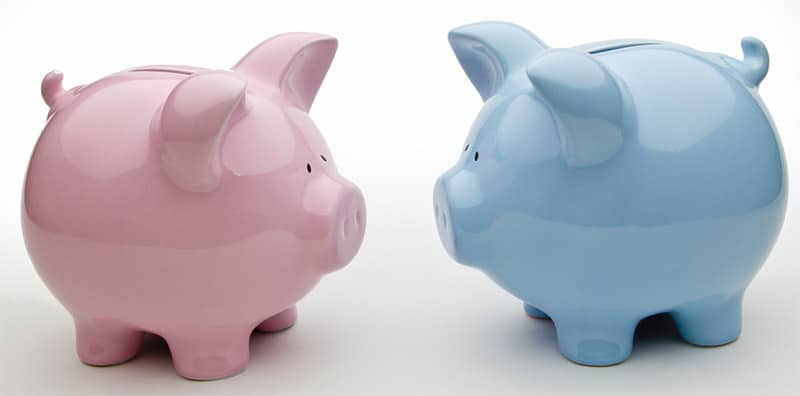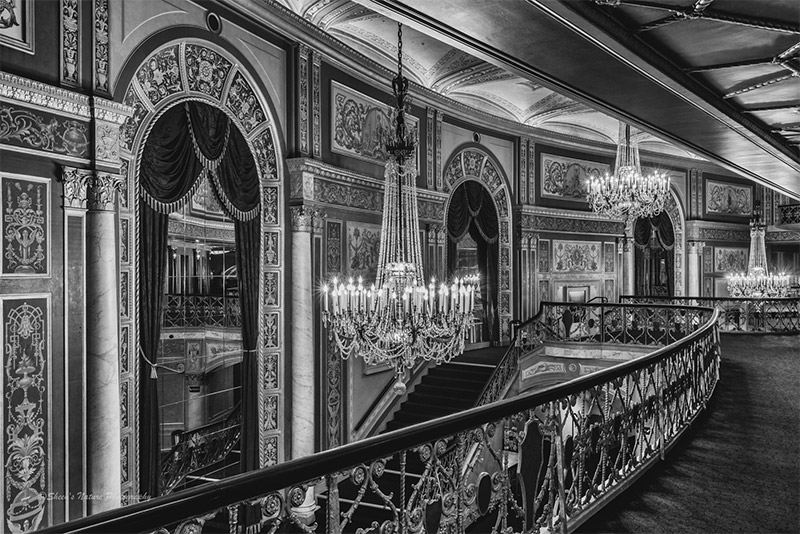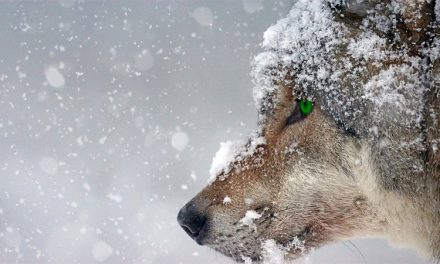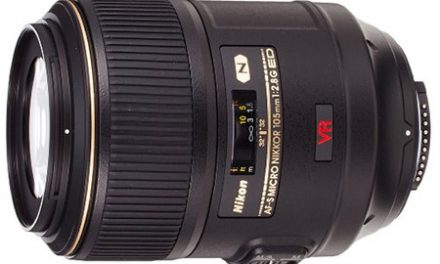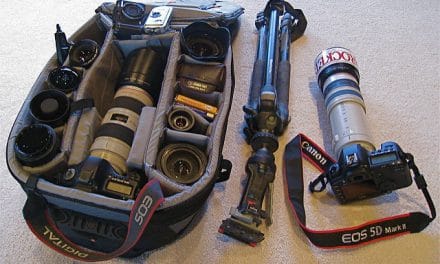It’s a special moment when we purchase a new lens. We anticipate the creative possibilities. We plan our next shoot to take advantage of our new family addition. Some of us go as far as staring at the box for a while, relishing that moment of “I finally have my new lens and my camera bag is complete.” Ok, the ‘complete’ part is a slight exaggeration. Our camera bags are never complete.
Camera equipment is a significant investment of dollars and not something that the majority of photographers take lightly.
Prime Lenses
Prime lenses are tack sharp, fast and lightweight. They have a constant, fixed focal length and typically large apertures. The popular nifty fifty (50mm) is a great example and investment. It is a sweet little lens with powerful image quality and speed. It is lightweight and cost effective when compared to other lenses. When I need a bit of freedom from my heavier lenses, I take the 50mm out for a spin. Prime focal lengths range from extra wide to telephoto lengths. Examples of traditional prime lenses include: 14mm, 20mm, 24mm, 28mm, 35mm, 50mm, 85mm, 135mm, 200mm, 300mm, 400mm, 500mm. There are also specialty lenses such as Lensbaby that offer specialty prime lenses in various focal lengths.
Zoom Lenses
Zoom lenses offer high image quality combined with flexibility. A zoom lens expands a range of focal lengths. A 24-70mm zoom midrange lens covers multiple types of general photography such as street, portrait and landscapes. An extra-wide angle telephoto may be 14-24mm. Zooms have can tight and broad ranges of reach. Depending on the lens, they tend to be heavier and the maximum aperture may not be as big.
They both offer significant advantages. They both have a few downsides too. Overall, both prime and zoom lenses work in many settings. If you have both prime and zoom lenses, sometimes the internal argument of which lenses to take can cause a mental productivity hit. There’s also the cost factor when purchasing lenses as our choices are they ‘cost a lot’ and ‘cost not quite as much’.
Before purchasing lenses, read reviews on multiple camera and lens retail sites in addition to the manufacturer’s site (we have many reviews and ratings in our “Gear” category). DxOMark has an extensive camera and lens ratings website. DxOMark compares lenses and provides lens performance ratings on various camera bodies.
Consider the following questions. How do they apply in your situation?
- How quickly do you need to shift from one focal length to another? If it’s frequent, a zoom may be your best option.
- How many different types of subjects do you photograph in a given day/shoot? For example, are you shifting from landscapes to sports and action? If yes, a couple of zoom lenses may provide the most flexibility and speed in responding to the changing subjects.
- Does the majority of your shooting allow you to walk to and from your subject? If you like moving your feet – a prime will do the trick!
- Do you consider it a bit annoying to change lenses multiple times in a shoot or outing? If no, a prime collection is light weight and gives you multiple focal lengths with larger apertures.
- What can you/do you want to spend? Primes are a better price performer. The cost of three primes may be less than one zoom that covers the range of the three primes.
- What type of photography do you do the majority of the time? If it is a mixed collection, zooms may be a better choice
Many photographers will share that their go-to lenses are their zooms. Other photographers will swear by their primes. Your overall personal style, subjects and goals should influence which lenses to add to your arsenal.
Closing Tips
Over the years, my camera bag has shifted from primes, prime/zoom combinations and zooms. It’s common to make purchases based more on emotion than need, the unbelievable deal or filling a focal length gap. The very good news is that good lenses hold their value fairly well!
Here’s a few reminders:
- The photographer determines the quality of the composition and image. The most expensive, top of the line lenses do not guarantee a quality photograph.
- Take advantage of the lenses that you do have. The landscape image above was made using a Nikon 85mm 1.8 prime lens. 85mm’s are used frequently in portraiture photography. It was what was in my bag at the time of this sunrise and it’s still a favorite image. It’s easy to wish for a different lens, faster aperture, etc. The best tool is the lens that you have with you. Use that tool to create unique and different images. Step outside of your normal comfort zone and shake things up!
- My first lenses were kit lenses that came with the camera. I had terrific photography experiences with the 70-300 and 18-55mm. Over time I invested in different lenses based on the evolution of my photography. Good lenses never go out of style. Sure, new technology surpasses the old. Buy the best lens you can afford for the subjects that you are using to support or fund your business or hobby.
- If you opt to go the prime route, invest in one zoom when you can. If you have zooms, invest in one prime. The versatility brings productivity and creativity.
- For the bird and nature photographers, the high-end primes and telephotos are a huge investment. Consider starting with a used or new zoom telephoto that brings solid quality. I’ve owned both Sigma and Tamron’s 150-500 and 150-600mm and they did a super job for me in the field.
- You can also rent lenses prior to purchasing. Connecting with a local camera club may also expose you to others with experiences using a given lens.
Today I still struggle with what lenses to bring. I’ve found that narrowing my focus (pun definitely intended) for a shoot helps plan and reduce the weight!


